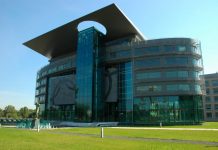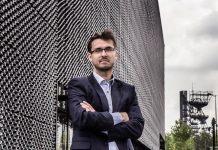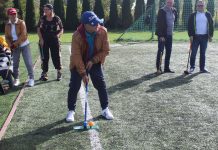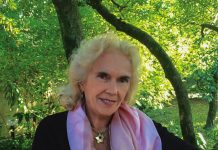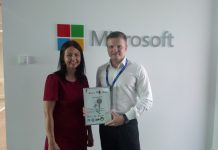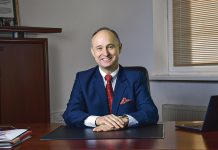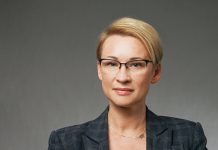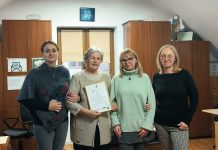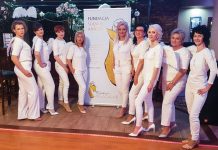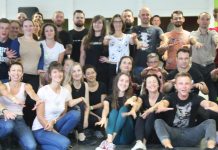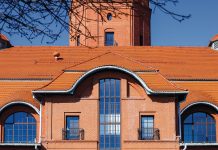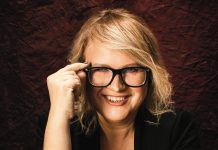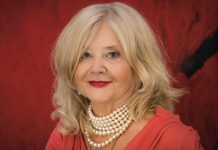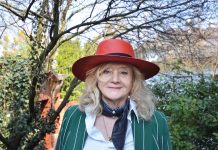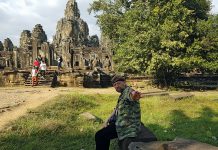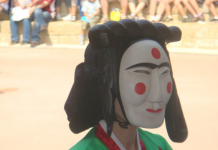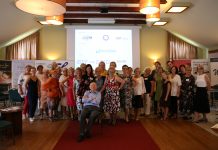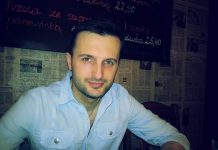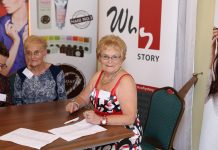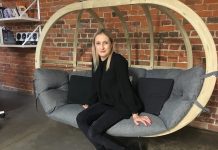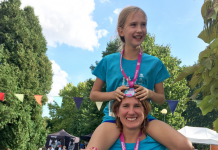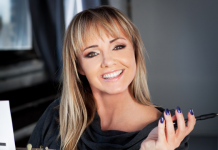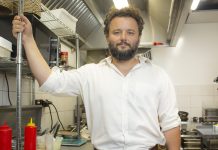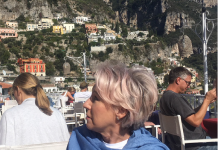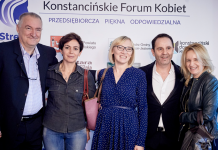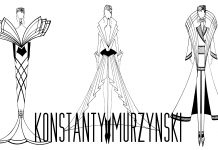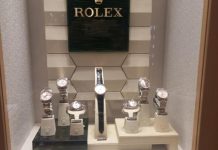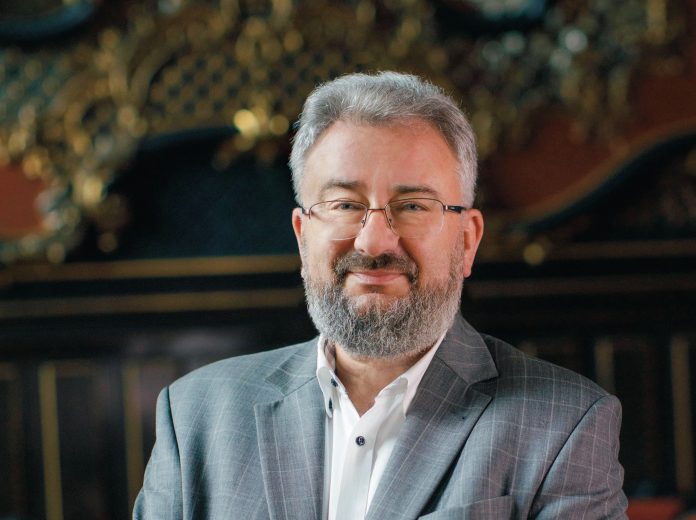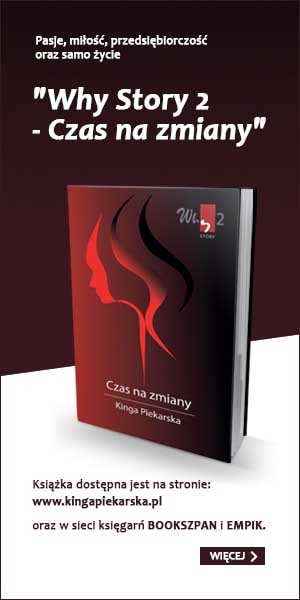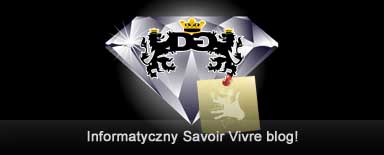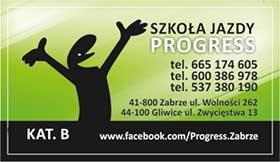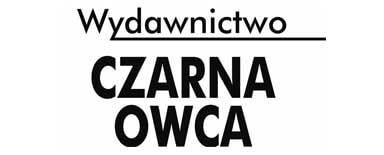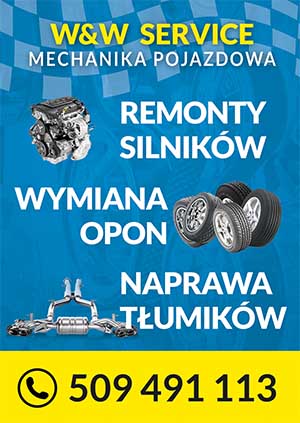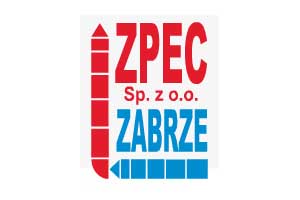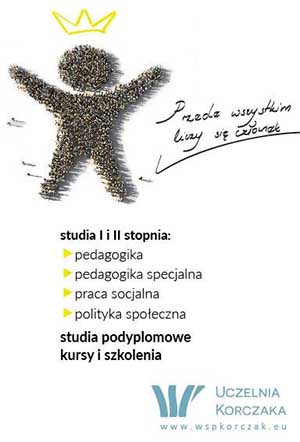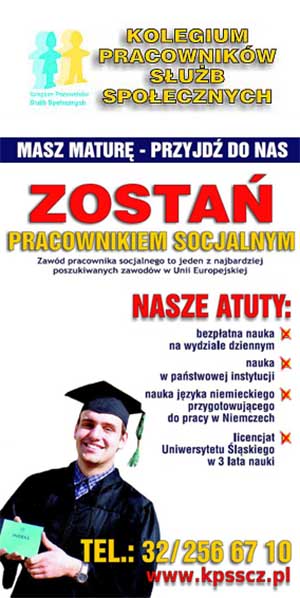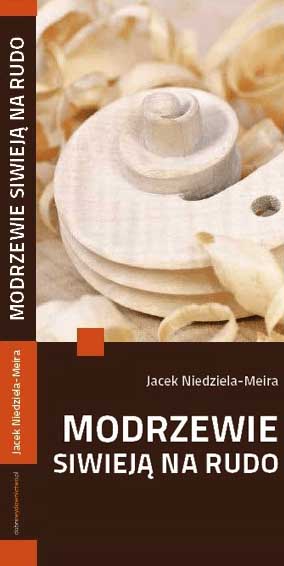A conversation with Maciej Kluss – director of the Castle Museum in Pszczyna, nominated for the title of Leader by Vocation – about extraordinary objects, belonging to the institution already recognised broader than Silesia and Poland, exhibitions, concerts and also about effective management of a place connected with art and history.
„Pszczyna – castle and park complex” was declared a a Monument of History by a decree of the President of the Republic of Poland on April 19, 2021.
This place indeed has a rich history, as the defensive castle was constructed by the Piast princes. In the 15th century, Władysław Jagiełło’s niece, Helena, de domo Korybutówna, erected a brick castle. During the reign of the Silesian family of Promnitz, the Gothic defensive building was transformed into a representative Renaissance residence. In the 19th century, the Pszczyna estate was taken over by the Hochbergs of Fürstenstein, and between 1870 and 1876 the residence was last rebuilt in Neo-Baroque style. It is unique in Europe that approximately 80% of the original interior furnishings from the turn of the 19th and 20th centuries have been preserved in the Museum.
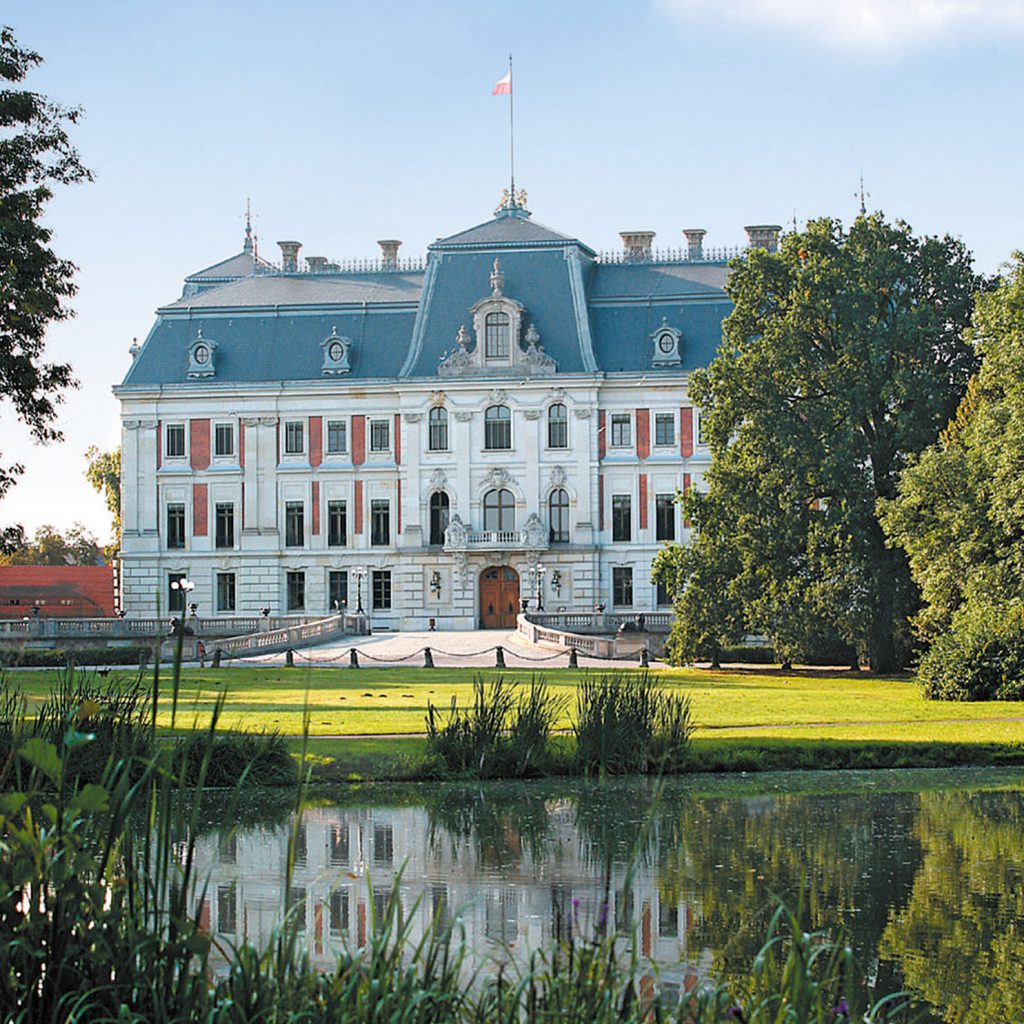
Your grandfather, dr Józef Kluss, was the first director of the Museum after the war.
My grandfather was an art historian and philosopher. Before the war, he worked as a curator at the Belvedere. During the war, he taught at secret classes, and after the war, he was briefly a member of the Lublin government, then served as a conservator of Rzeszów and then Silesia provinces. As part of his duties, he looked after the Pszczyna castle, where, on May 9, 1946, a museum was established and my grandfather became its first manager. At the same time, he taught graphics at the Academy of Fine Arts in Katowice.
Was art discussed at home?
Yes, I grew up in the outbuilding, located on the eastern side of the castle courtyard, my grandfather’s flat. The fine art painter, Professor Leon Dolżycki, also lived there, and inevitably, discussions about art were omnipresent. My father graduated in conservation at the Academy of Fine Arts in Krakow, and this determined my professional future. My mother used to give museum tours, and I was soon qualified to do the same, as early as 1977. I graduated from the Jagiellonian University’s Faculty of History and Philosophy, majoring in art history. I wrote my master’s thesis on the history of the Church of St Peter and St Paul in Tyniec.
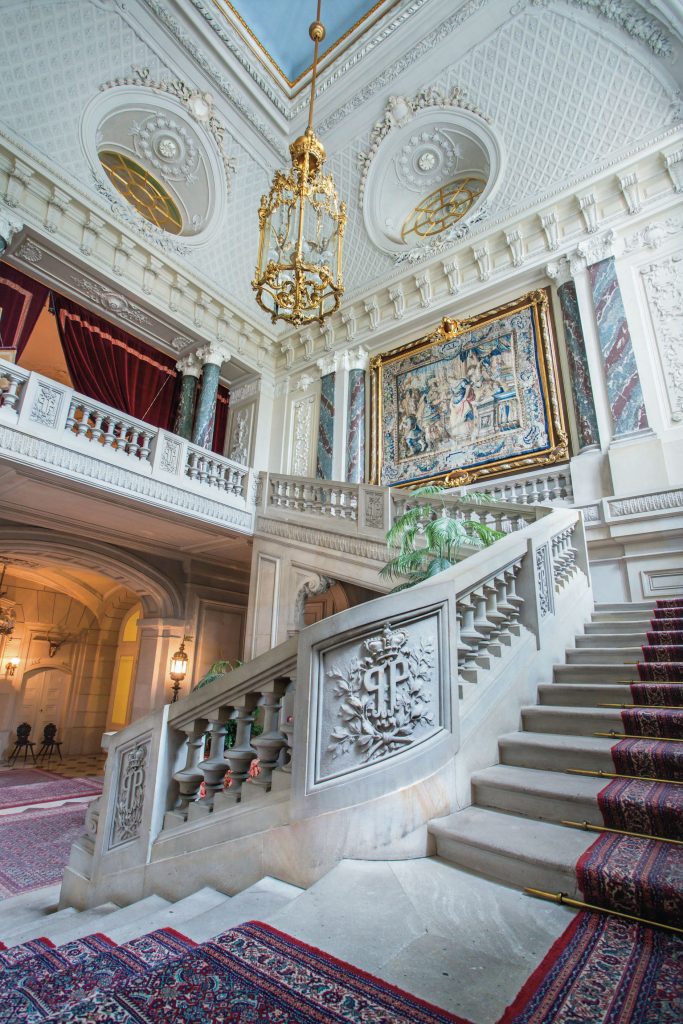
When did you start working at the Museum?
I started working here while I was still a student in 1983, first as a guide, then as an assistant, assistant professor and curator. I tried private business for a while, running conservation and IT companies. I found these experiences useful in developing my leadership skills. In 2000, the then director of the Museum, Dr. Janusz Ziembiński, died unexpectedly. He had held this position for more than 20 years. In 1990, he initiated the reconstruction of the castle interiors according to the their condition between 1914-1915, using mainly iconographic materials provided by Prince Bolko von Hochberg VI of Munich. In recognition of these activities, in 1995, the non-governmental organisation Europa Nostra in Hague awarded the Museum a honorary diploma, “For the meticulous restoration of the castle interiors with their furnishings, based on thorough historical research, which restored the splendour of the early 20th century”. After Director Ziembiński’s death, the Museum staff asked me to run for the competition. Such support was very important to me, but entering the competition was a challenge.
Which buildings belong to the Museum?
The castle, the historic Prince’s Stables complex and, since 2018, the Hunting Lodge in Promnice. The Castle houses permanent exhibitions, the Gothic cellars house the Armoury, where we exhibit European and Oriental armaments. “Interiors of the 19th and 20th centuries” shows the representative rooms. The reconstruction of the Emperor’s Apartment in the Museum was awarded the third prize in the Museum Event of the Year – Sybilla 2005, in the “Historical, Biographical and Literary Exhibitions” category. Since 2001, the permanent exhibitions have included the Miniatures Room – the collection is one of the best in Poland, and since 2011. “Known and Unknown” – presenting the most valuable objects exhibited in the past and acquired by the Museum over the years. In addition, we have the “Polish Chamber named after Prince Józef Poniatowski” and the “Portrait gallery. Within the company of Pszczyna Princes, Dukes and Free State Lords”. We also organise temporary exhibitions. We cooperate with a number of European museums, including the Victoria & Albert Museum in London, and thanks to this we were able to show “Presentations at the British Royal Court 1898-1929. Costume, Jewels, Status and Ritual in Court-Dress Photographs from the Lafayette Archive of the V&A”. Curators from England also contributed to the exhibition “Daisy of Pless: the Happy Years”. At the Prince‘s Stables, we presented the exhibition “Czeczot. For Adults Only” – the work of the satirist, graphic artist and author of animated movies, Andrzej Czeczot. Currently, in the Museum, you can see, among others, “Memento Mori. The Burials of the Lords of Pszczyna”, “19th century European Fine Faience”, “The Hochbergiana of Pless” or “Reconstructions of Leisure Clothes from the 17th to the Early 20th Century”, as well as the conservation exhibition “The Worse – the Better”. Temporary exhibitions are created through cooperation with museums in Germany and Austria, especially Bad Ischl – which the Habsburgs were associated with. Their descendants come to visit us; we have become friends because we share a passion for art.
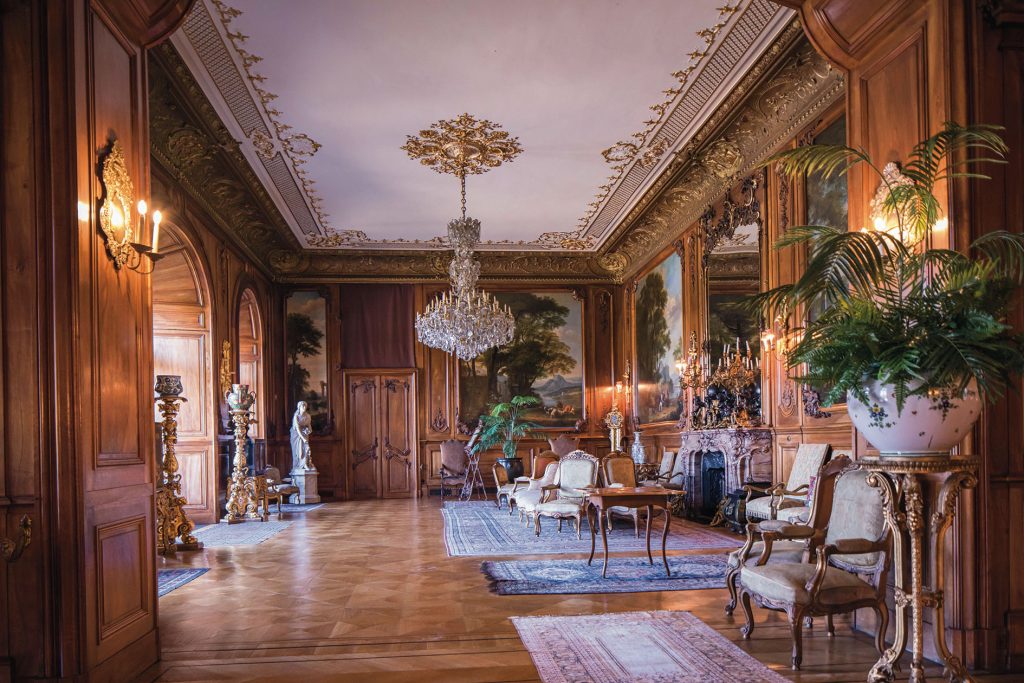
How long does a tour of the castle last?
It depends on what the visitors wants to see, how they want to see it and what to hear. A full guided tour takes about 3.5 hours.
The Museum tradition are also concerts.
Since 1979, we have been organising a festival entitled “Evenings with Telemann”, inspired by the figure of Georg Philipp Telemann, one of the most important composers of the Baroque era, the court kapellmeister of the Promnitz family (the former owners of Pszczyna). The composer, accompanying Count Erdmann II von Promnitz during his travels to Silesia, stayed in the castle in Pszczyna. Christmas Concerts are held in December, and a New Year’s Concert on January 1. In turn, “Spring with Fryderyk” is a series of concerts, during which the winners of the Chopin Competition perform. On May 28, we had a special musical event – the European premiere of the Flute quartet in E-flat major, Op. 22, composed by Hans Heinrich XIV von Hochberg. His great-grandson Peter von Hochberg, VIIth Prince of Pless, honoured the concert with his presence.
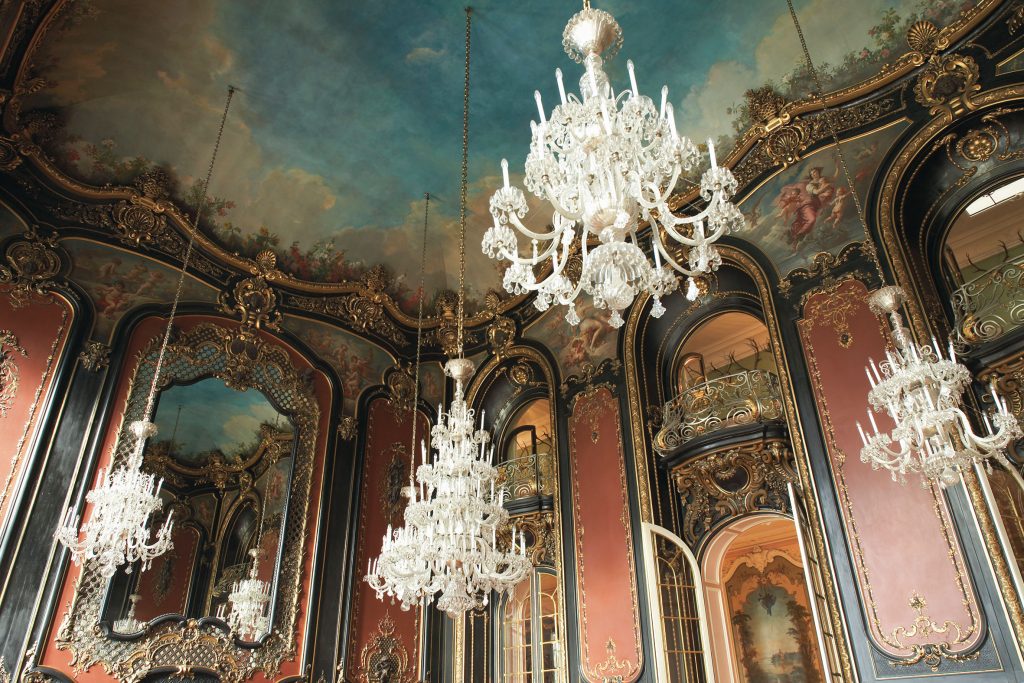
What qualities and competences are required to manage such a facility?
We are a scientific institution and a local governmental cultural institution of the Silesian Voivodeship. We perform the tasks of the voivodeship, we are not profit-oriented. The most important thing is professional museum knowledge and understanding of economics. I believe that managing a museum is first and foremost a responsibility towards the society, the organiser, and the employees – for me, the goodness of the museum is the most important thing.
How many people do you employ?
It depends on a season. Usually, from December 1 to mid-January – depending on the timing of the school holidays, there is a break in visiting, during which a big clean-up is carried out under the supervision of the Chief Conservator. We therefore employ a number of temporary staff. In total, between 80 and 100 people work at the Museum.

What are you most proud of?
Above all, I am proud of the fact that the Museum is thriving, that people are eager to visit us, that we have around 300,000 visitors a year. We are increasing our holdings by rescuing more buildings that have fallen into ruin. We are now trying to take over the castle Outbuilding.
How do you raise funds for renovation?
These include grants from the Marshall’s Office in Katowice, European funds; we also use our own resources.
Can you tell us about your immediate plans?
Priority goals are to complete renovation of the Hunting Lodge in Promnice. and to take over ownership and revitalise the castle Outbuilding.
And how do you reenergize?
My wife and I travel and visit interesting places. Since we work with people – my wife is a legal advisor – we value peace and quiet on our holidays. In my school years, I used to be a competitive sailor, took part in regattas and was a member of the Silesia team; now I dive as an amateur.
Thank you very much for the interview. We wish you further success!
Thank you.
Dorota Kolano
Beata Sekuła




